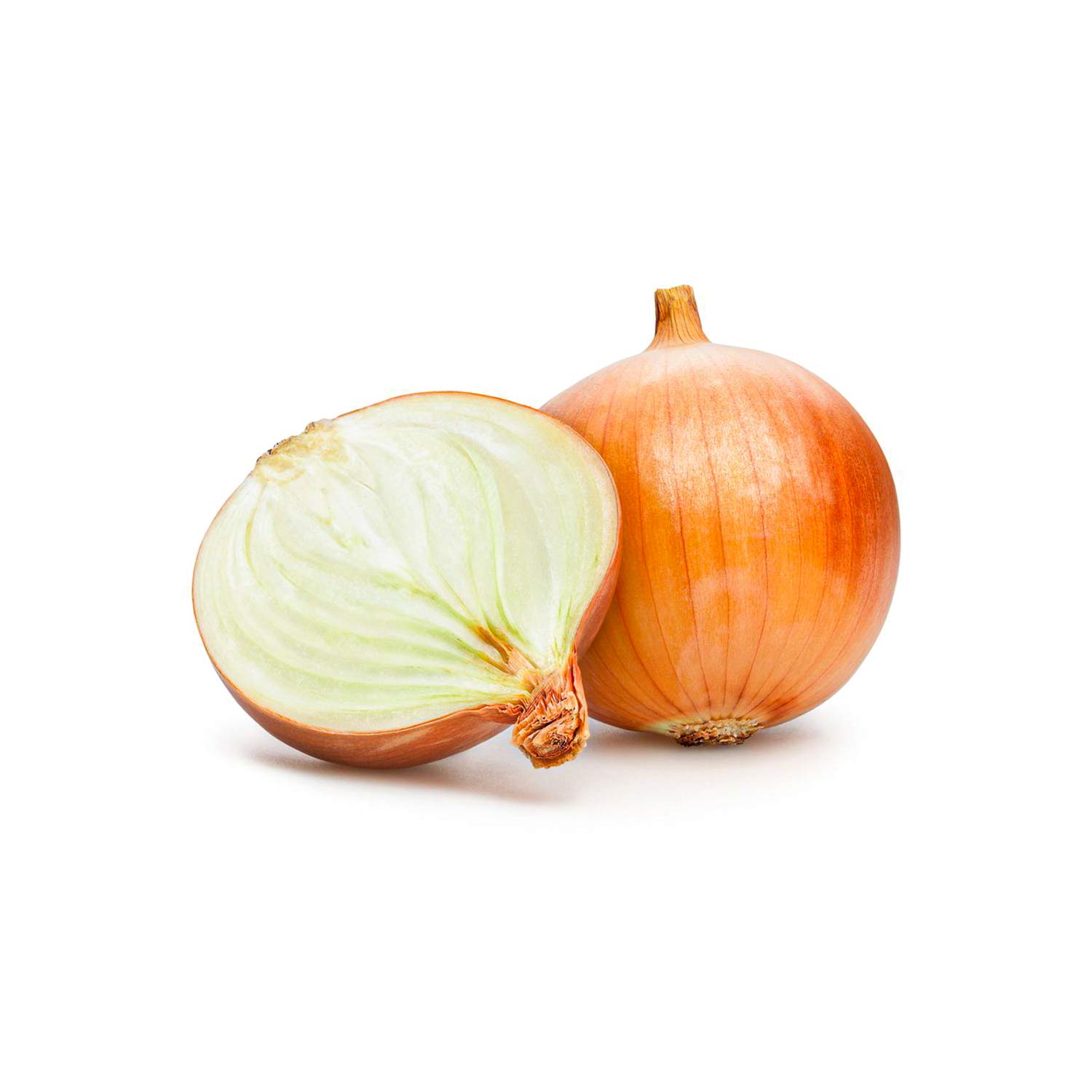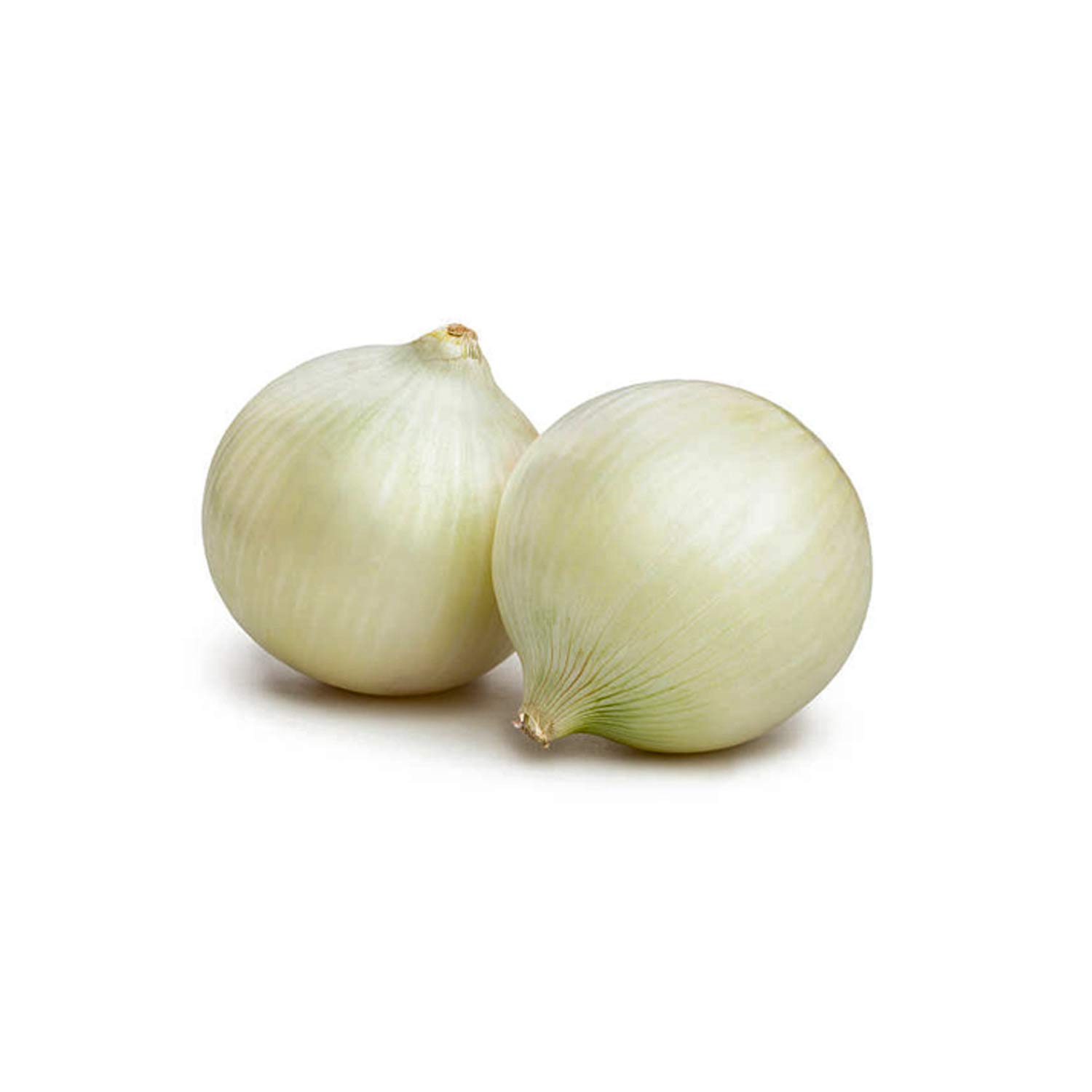A Step-by-Step Guide
Introduction to Importing to Russia
Bell peppers are a versatile and popular vegetable in Russia, used in a variety of dishes and valued for their health benefits. As demand for fresh produce grows, importing bell peppers from international markets presents a lucrative opportunity. However, importing agricultural products requires a solid understanding of legal regulations, customs procedures, and logistics. Therefore, this guide will walk you through the essential steps to successfully import bell peppers into Russia while ensuring full compliance with all regulations.


Why Import Bell Peppers to Russia?
Although Russia produces bell peppers domestically, the demand for high-quality imported varieties remains consistent. Since Russia’s climate limits year-round cultivation, businesses rely on imports during the off-season. By sourcing bell peppers from countries with favorable growing conditions, companies can supply fresh produce throughout the year. Consequently, they meet the market’s need for premium quality, a variety of colors (green, red, yellow), and reliable availability. Moreover, imported peppers often offer greater variety and better shelf life.
Key Requirements for Importing Bell Peppers to Russia
1. Import-Export Code and Company Registration
Before importing any goods, your company must register with the Russian government and obtain an Import-Export Code (IEC). This code is mandatory to clear products through Russian customs. Thus, make sure your Russian business partner or importer holds this code, as it represents a crucial legal requirement. Otherwise, customs clearance will not be possible.
2. Phytosanitary Certificate
Because bell peppers are agricultural products, Russian authorities enforce strict phytosanitary controls to prevent pests and diseases. Therefore, you must obtain a phytosanitary certificate from the relevant agricultural authority in the exporting country. This document verifies that the peppers meet international plant health standards. In addition, the certificate helps prevent delays during customs inspections.
3. Customs Declaration and Product Codes
You need to classify bell peppers correctly using the Harmonized System (HS) code for vegetables. When preparing your shipment, include an accurate customs declaration that details the product code, quantity, weight, and value. Otherwise, misclassification or missing paperwork can cause delays or fines. Hence, double-check all paperwork before submission.
4. Customs Duties and Taxes
Bell peppers attract customs duties and VAT (Value Added Tax) in Russia. Tariff rates vary depending on the country of origin, trade agreements, and whether your company benefits from preferential trade programs. Consequently, calculating these costs upfront is essential to maintain profitability. Furthermore, staying informed about current tariffs helps avoid unexpected expenses.
Steps to Import Bell Peppers to Russia
Step 1: Find a Reliable Supplier
First, source a dependable supplier from countries with favorable growing conditions. Popular exporters include the Netherlands, Spain, Turkey, and Israel. Additionally, ensure that your supplier complies with Russian phytosanitary standards and provides all necessary export documentation. Importantly, choose a supplier experienced in Russian market requirements.
Step 2: Arrange Transportation and Cold Storage
Since bell peppers are perishable, you must transport them under carefully controlled conditions to preserve freshness. Cold chain logistics play a vital role here. Depending on your priorities, choose between faster air freight or more cost-effective refrigerated sea freight. Moreover, ensure that storage facilities maintain proper temperatures throughout transit.
Step 3: Obtain Phytosanitary Certification
Next, collaborate closely with your supplier to secure a phytosanitary certificate issued by the relevant agricultural authority. This certificate must accompany the shipment upon arrival in Russia and confirm that the bell peppers are pest-free. Suppliers experienced in exporting to Russia will better understand these requirements. Thus, maintaining open communication with your supplier is essential.
Step 4: Submit Required Documentation
Upon arrival, submit several documents for customs clearance, including:
Commercial Invoice: Lists quantity, price, and product description.
Packing List: Details how the shipment is packed.
Phytosanitary Certificate: Confirms plant health compliance.
Customs Declaration: Specifies HS code and shipment details.
Additionally, keep copies of all documents for your records.
Step 5: Customs Clearance and Inspection
Once your shipment arrives, customs authorities will review the submitted documents and may physically inspect the peppers to ensure compliance. Provided that all paperwork is correct and the shipment passes inspection, customs will release your bell peppers for distribution. Otherwise, expect delays until issues are resolved.
Tips for Successfully Importing Bell Peppers to Russia
Maintain Cold Chain Logistics: Always keep the supply chain at the proper temperature, from harvest to delivery, to preserve freshness.
Build Strong Supplier Relationships: Partner with suppliers familiar with Russian regulations and experienced in exporting to Russia.
Stay Updated on Regulations: Regularly monitor changes in customs and phytosanitary rules to avoid unexpected delays or fines.
Plan for Contingencies: Prepare for possible delays or issues by having backup logistics or suppliers in place.





